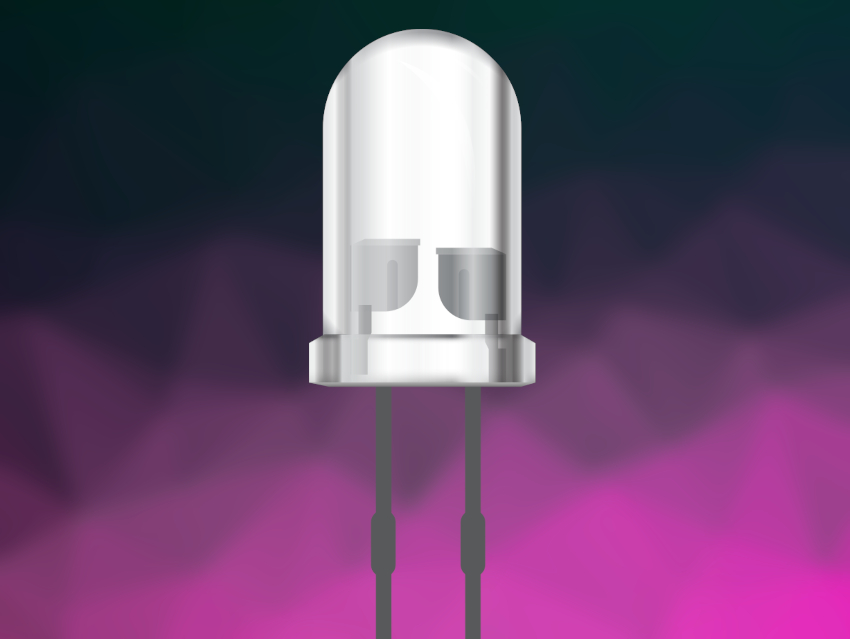Light-emitting diodes (LEDs) are energy-efficient and have largely replaced incandescent light bulbs. White LED light is particularly useful in this context. White light is often achieved by combining a blue LED with a phosphor coating. Lead halide perovskites are useful light-emitting materials for LEDs. However, developing blue or white perovskite-based LEDs is challenging.
Xiaobao Xu, Jizhong Song, Haibo Zeng, MIIT Key Laboratory of Advanced Display Materials and Devices, Nanjing, and Nanjing University of Science and Technology, China, David Ginger, University of Washington, Seattle, USA, and colleagues have developed a white LED based on solution-processed heterophase halide perovskites. The system has a single emissive layer with broadband emission and does not need a phosphor. The team combined the α and δ phases of cesium lead iodide to form the emissive layer. They used a controlled phase transition from α-CsPbI3 to δ-CsPbI3 during an annealing step to adjust the ratio between the two phases.
The resulting heterophase perovskite films combine the good charge transport properties of α-CsPbI3 with the broad white emission of δ-CsPbI3. This gives perovskite white LEDs with this emissive material a relatively high efficiency and brightness: The LEDs have a peak luminance of 12,200 cd m−2 (at a bias of 6.6 V) and a maximum external quantum efficiency of 6.5 % (at a current density of 8.3 mA cm−2). The ratio between the α and δ phase can be controlled to tune the LED’s color temperature.
- Efficient and bright white light-emitting diodes based on single-layer heterophase halide perovskites,
Jiawei Chen, Jian Wang, Xiaobao Xu, Jinhang Li, Jizhong Song, Si Lan, Sinan Liu, Bo Cai, Boning Han, Jake T. Precht, David Ginger, Haibo Zeng,
Nat. Photonics 2020.
https://doi.org/10.1038/s41566-020-00743-1



